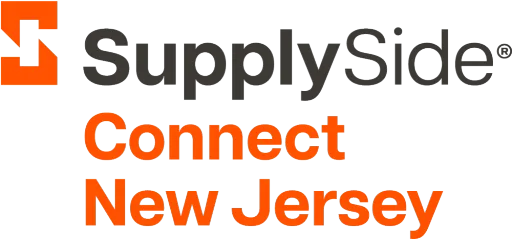Understanding the Safety of Using Plastic Pipes in the U.S. Service Line Replacement Project

The Lead Pipe and Paint Action Plan
The U.S. Lead Pipe and Paint Action Plan will help fund the service line replacement in states, tribes and territories across the United States. The service line replacement materials chosen for this project include copper, polyethylene (PE), cross-linked polyethylene (PEX) and polyvinyl chloride (PVC). Even though the pipes and fittings made of these materials are required to comply with NSF standards to ensure that the materials will not contribute harmful levels of contaminants to drinking water, some wonder about the safety of the materials chosen for use.
History of Plastic Pipe Research
It is important to note that plastics piping, components, materials and ingredients have been in the industry for over 55 years, even before the current standards were established. In the modern era of product standards, plastics plumbing products have been studied extensively. NSF/ANSI 14: Plastics Piping System Components and Related Materials was published in 1965 and contained both performance and health effects requirements. NSF/ANSI/CAN 61: Drinking Water System Components – Health Effects was published in 1989 and contained health requirements for all water contact materials, including metals, plastics, elastomers, coatings, etc. Additionally, NSF/ANSI 372: Drinking Water System Components-Lead Content was published in 2010 to comply with the “lead-free” requirements of the Safe Drinking Water Act. These NSF standards established the basis for product certification to demonstrate compliance with state regulations. Furthermore, NSF/ANSI/CAN 61 requires rigorous extraction tests that include chemical extraction, analysis and toxicological assessment of potentially hundreds of contaminants, not just lead or other heavy metals. These requirements have been an integral part of the NSF standard since it was first published in 1989.
Which Materials Are Safe?
All water contact materials have the potential to leach contaminants into drinking water. The question is whether the type and quantity of contaminants in the finished drinking water are at safe levels. Individual water contact products are certified to meet the requirements in the NSF standards and are approved for use in drinking water applications. NSF/ANSI/CAN 61 is the legally recognized national standard in the United States and Canada for human health effects for drinking water contact materials, components and devices. Plumbing codes and state water utility regulations require certification to this standard to ensure that products are safe for use.
How Are Products Evaluated?
The evaluation process begins with a formulation review of each water contact material to determine the testing regimen for possible ingredients, contaminants or by-products that may potentially migrate from materials into drinking water. Pipes are tested by exposing them to formulated waters over the course of 17 days at the temperature at which they are intended for use. Typically, this is 73° F (23° C), 140° F (60° C) or 180°F (82° C). Samples are collected after the final 16-hour dwell and analyzed for contaminants.
How Are Contaminants Evaluated?
Any regulated contaminants found in the formulation review must be below the U.S. Environmental Protection Agency’s (EPA’s) and Health Canada’s levels for regulated contaminants. For nonregulated contaminants, NSF/ANSI/CAN 600 sets health-based pass/fail levels based on a review of available toxicology data. The NSF Health Advisory Board (HAB) independently ratifies the pass/fail level and sometimes adjusts it. This HAB is comprised of toxicologists from the U.S. EPA, state regulatory agencies, Health Canada, academia, consultants and manufacturers. Following independent review by the HAB, the document is submitted to the NSF Drinking Water Additives Joint Committee, which has an equal representation of regulators, users and product manufacturers. The Joint Committee’s recommendation is then reviewed and approved by the NSF Council of Public Health Consultants (public health officials from the federal level, states and provinces).
NSF Certification
NSF is an accredited third-party certification body that impartially tests products against American National Standards. While product certification is fee based, the decision to pass or fail a product is firewalled from the business end of the process. Every year there are many products that fail to meet the requirements of the NSF standards, either initially or at one of the annual follow-up monitoring audits. NSF certification involves rigorous product testing and assures buyers that certified products meet the requirements of the U.S. national standard.
NSF is audited and accredited by the American National Standards Institute, the Standards Council of Canada and other agencies for its laboratory operations (ISO 17025) and its product certification programs (ISO 17065) to ensure that NSF is following certification policies and standards and is impartial in its evaluation of products. NSF has been a trusted and respected certification body for over 78 years and has helped protect and improve global human health through impartial product testing across operations.
Consumers can be assured that the certified products and materials used to replace lead service lines will meet the U.S. national standard requirements.
Interested in Learning More?
How NSF Can Help You
Get in touch to find out how we can help you and your business thrive.

What’s New with NSF

GMP and Regulatory Compliance Virtual SupplySide Connect New Jersey Training
January 30, 2025
NSF Granted Reauthorization as a CMMC Third-Party Assessment Organization
January 8, 2025
Sustainable Foods Summit 2025
January 2, 2025